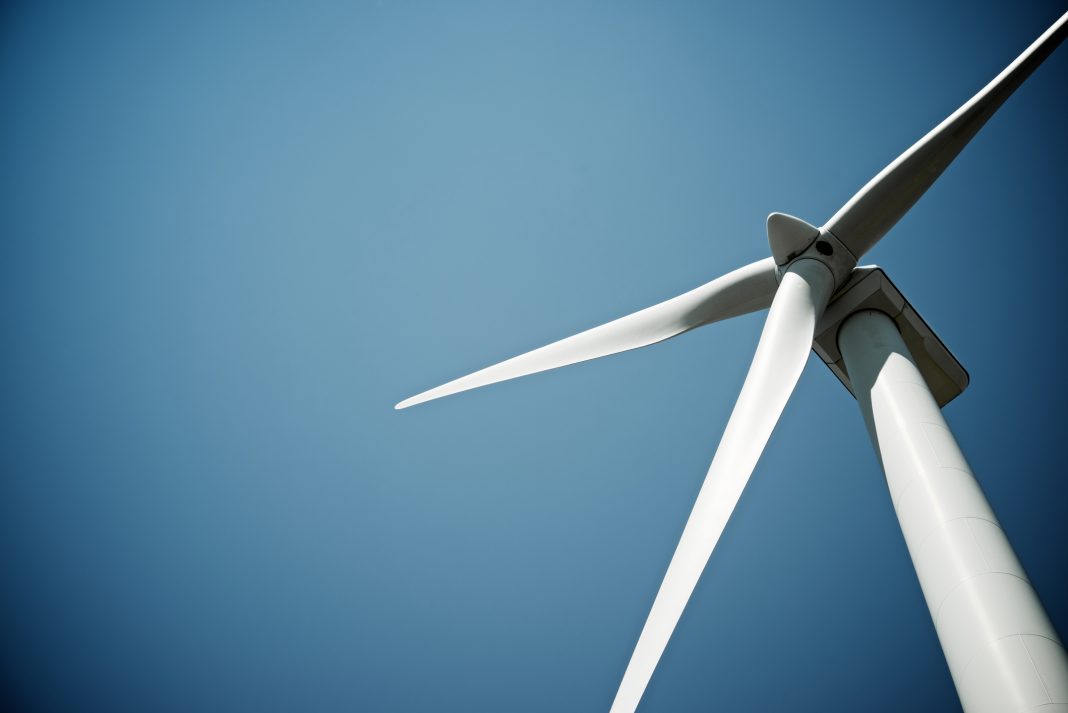Professor Sara Walker, Professor of Energy at Newcastle University, is Director of the Hub on Hydrogen Integration for Accelerated Energy Transitions HI-ACT, and here, she explores the role of hydrogen in the energy transition
Across the globe, we continue to see the impacts of climate change. As I write, devastating fires in Hawaii are the most recent example, but there are many. Globally, energy use is estimated to contribute more than three-quarters of greenhouse gas emissions. So, mitigation of climate change often focuses on energy efficiency, transition away from fossil fuels to renewables, and electrification of demand.
At HI-ACT, our vision is to ensure that hydrogen and hydrogen-based alternative liquid fuels are appropriately integrated into a future equitable energy system through holistic multi-disciplinary research.
The route to electrification means a larger electricity system with hydrogen support
In the UK, in 2021, only 18% of our energy consumption was in the form of electricity. As a nation, we heavily rely on petroleum (42%) and natural gas (34%), mainly used for transport and heating. If we electrify much of transport, domestic heating and industrial heating, this implies a seismic shift in the size of electricity networks.
The Committee on Climate Change estimates that by 2035, electricity demand will be 50% higher than current levels in their Sixth Carbon budget, (1) and that demand could double or even triple by 2050. This implies a widespread upgrade of UK electricity infrastructure to cope with demand growth. Electricity generation will need to increase to match demand. In addition, the generation mix will change to reduce the use of natural gas and increase the amount of electricity generation from renewable energy sources.
The route for the hard-to-electrify, using hydrogen & hydrogen-based alternative liquid fuels
What constitutes a hard-to-electrify sector or end use? Whilst there are some contested spaces or blurred boundaries to this group of energy uses, the obvious are industrial processes requiring very high temperatures and transport applications involving long distances or heavy payloads. For example, steelmaking is responsible for around 7% of global greenhouse gas emissions. Steel is made by reducing iron ore to iron and mixing iron with carbon to make steel.
Reacting hydrogen with iron ore, a process called direct reduced iron (DRI), produces iron at lower emissions than the current process, which uses coal (provided the hydrogen is produced in a low-carbon way). This stage of iron ore reduction in steelmaking is the most energy-intensive and is responsible for 80% of the steel sector’s emissions. We recently spoke to ArcelorMittal, (2) who are trialling hydrogen as part of their net-zero steelmaking commitment.

The possible size of hydrogen demand in the UK
The Committee on Climate Change’s 6th carbon budget estimates demand for low-carbon hydrogen to be around 105TWh in 2035 and 225TWh in 2050, from a base of almost zero. There are significant gaps between current levels of hydrogen production, transportation, storage, conversion, and use and those anticipated as a requirement for achieving net zero by 2050. So, we need to scale up the associated systems rapidly.
Taking a whole energy systems approach
Our previous research has shown us that optimisation of a single constituent system, for example, the electricity network, does not lead to an optimised energy system. An electricity system operator, needing to balance the system, would think about storage on the electricity system as a solution, and may neglect the potential for the gas (hydrogen or natural gas) system to provide storage and balancing.
For example, the interaction between electricity, gas/hydrogen, heat, and transport creates a System of Systems. To zoom out and see the bigger picture of this System of Systems, takes a whole energy systems approach. HI- ACT will push the boundaries of whole systems methodologies, improving the characterisation of hydrogen (and associated fuels) and exploring urgent new perspectives on the energy transition, including those related to ensuring resilience and security while achieving net zero.
We will consider the regulatory and policy landscape changes needed to enable hydrogen to bring the best value to the whole energy system transition. For example, stable, harmonised policies can better enable the international trade of hydrogen.
Considering the Cyber-Physical Architecture
Our academics will explore the vital coupling of data and information relating to whole system planning and operational decision support, by creating a cyber physical architecture. The Cyber Physical Architecture will synchronise digital assets with physical networks, within a digital modelling environment. This will generate new learning on current and future opportunities and risks, leading towards a whole system ontology for accelerated integration of hydrogen
technologies.
Working with policymakers, industry & the third sector
Stakeholder engagement is in our blood! HI-ACT will develop forward-thinking hydrogen (and associated fuel) technology roadmaps; assess the supply chain availability and security; and quantify the opportunities, risks and dependencies of different use cases.
This will provide building blocks to our whole-system analysis, and an overarching roadmap for system integration. This enables us to inform technology advancement, industry and business development, policy-making and social interventions. Join us as we embark on this exciting journey!
HI-ACT is funded by UKRI and EPSRC for five years and was launched in June 2023.
References
- Sixth Carbon Budget – Climate Change Committee
- Technology pathways to net-zero steel | ArcelorMittal

This work is licensed under Creative Commons Attribution-NonCommercial-NoDerivatives 4.0 International.


